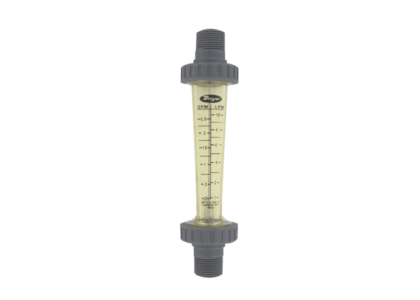Natural disasters are catastrophic events that can strike without warning, causing significant disruption to lives, economies, and industries. In recent years, the frequency and intensity of these disasters have increased, largely due to climate change. From hurricanes and wildfires to earthquakes and floods, the impacts of these events can be devastating. This blog explores how different industries manage supply chain disruptions caused by natural disasters, highlighting the strategies they employ to mitigate risks and maintain operations.

Understanding Supply Chain Disruptions
A supply chain is the network between a company and its suppliers to produce and distribute a specific product. Disruptions in this chain can occur due to various factors, but natural disasters are among the most unpredictable and damaging. For example, when Hurricane Katrina struck New Orleans in 2005, it not only devastated the local community but also disrupted supply chains across multiple industries, including food, retail, and manufacturing. The aftermath highlighted the vulnerabilities in supply chains and the need for robust disaster preparedness strategies.
The Impact of Natural Disasters on Industries
Natural disasters can have immediate and long-term effects on businesses. Some of the common impacts include:
– Infrastructure Damage: Physical damage to buildings, warehouses, and transportation networks can halt operations.
– Supply Shortages: Disruptions in transportation can prevent the delivery of raw materials and products, leading to shortages.
– Employee Safety: Natural disasters can result in injuries or fatalities, impacting workforce availability.
– Customer Loss: Frequent disasters can drive customers away from affected areas, reducing sales.
How Different Industries Respond
1. Agriculture
The agriculture sector is particularly vulnerable to natural disasters, with events like droughts, floods, and hurricanes causing significant crop and livestock losses. To manage these disruptions, farmers and agricultural businesses often employ the following strategies:
– Diversification: By growing a variety of crops or raising different types of livestock, farmers can reduce the risk of total loss from a single disaster.
– Insurance: Many farmers invest in crop insurance or index-based insurance, which provides payouts based on weather conditions rather than actual losses. This can help them recover more quickly after a disaster.
– Technology: Advanced technologies, such as satellite imagery and weather forecasting, allow farmers to monitor conditions and make informed decisions about planting and harvesting.
For instance, during the 2022 wildfires in Argentina, farmers who had diversified their crops were better able to withstand the losses compared to those who relied on a single crop.
2. Retail
Retailers face unique challenges during natural disasters, as they must ensure that their shelves remain stocked while also protecting their employees and customers. Strategies include:
– Inventory Management: Retailers often maintain higher inventory levels in disaster-prone areas to cushion against supply chain disruptions.
– Alternative Suppliers: Establishing relationships with multiple suppliers can help retailers quickly source products if one supplier is affected by a disaster.
– Emergency Plans: Many retailers develop comprehensive emergency response plans that outline procedures for evacuating employees, securing assets, and communicating with customers.
During Hurricane Sandy in 2012, many retailers in affected areas implemented emergency plans that allowed them to reopen quickly after the storm, minimizing losses.
3. Manufacturing
Manufacturers are heavily reliant on a steady flow of materials and components. Disruptions can halt production and lead to significant financial losses. To mitigate these risks, manufacturers often:
– Local Sourcing: By sourcing materials locally, manufacturers can reduce transportation risks and ensure a more reliable supply chain.
– Flexible Production: Implementing flexible manufacturing systems allows companies to adapt quickly to changes in supply availability.
– Risk Assessment: Regularly assessing risks and vulnerabilities in the supply chain helps manufacturers prepare for potential disruptions.
For example, after the 2021 Texas winter storm, many manufacturers reevaluated their supply chains and began sourcing materials from more geographically diverse locations to avoid similar issues in the future.




